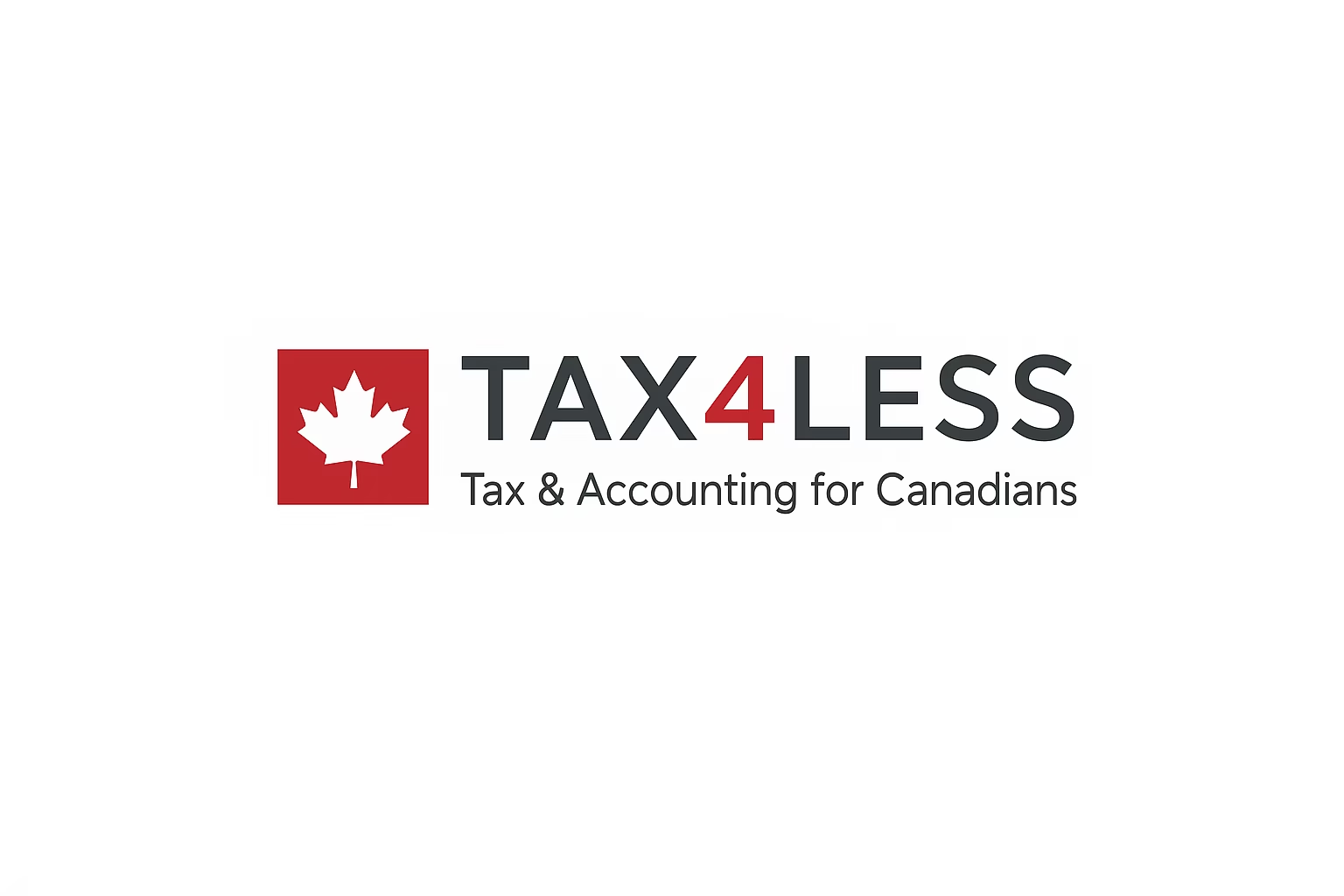Tax Savings with a Holding and Operating Incorporation Structure
Incorporating your business can offer a range of tax benefits, especially for business partners seeking to reduce their personal tax burden. By creating both a holding corporation and an operating corporation, partners can strategically distribute income, minimize personal income tax, and enjoy tax-deferral advantages. Let’s delve into how this structure works and the potential benefits it offers.
What is a Holding Corporation and an Operating Corporation?
A holding corporation is an entity that owns shares in one or more operating corporations, which conduct the actual business activities. The holding corporation holds assets, while the operating corporation manages daily operations. This setup allows partners who own shares in both corporations to receive dividends in a tax-efficient way.
How Dividend Distribution Reduces Taxable Income
Imagine two business partners with a 50% stake in an operating corporation, earning a combined income of $250,000. Instead of taking this entire amount as personal income and facing high tax rates, they may choose to issue themselves dividends through the holding corporation. Dividends offer tax advantages since they are often taxed at a lower rate than employment income, especially when sourced through a holding corporation.
This setup allows income to accumulate within the holding corporation, deferring personal tax obligations until later. Unlike taking a salary, where income is subject to immediate personal tax, dividends offer flexibility to control the timing and rate of personal taxation.
The Benefits of Holding Corporations in Tax Planning
- Income Deferral: Retaining earnings within the holding corporation allows partners to defer personal income tax until dividends are distributed.
- Tax-Optimized Income Splitting: Since partners can control dividend issuance, they can distribute earnings in a way that reduces overall tax liability. This may involve issuing dividends at strategic times or in strategic amounts.
- Asset Protection: Holding corporations provide a layer of separation between personal assets and operating business liabilities, offering added security.
- Intercorporate Dividends: Dividends paid from an operating corporation to a holding corporation are generally tax-free, a significant advantage for tax planning. Without a holding corporation, partners would pay personal tax at the highest bracket on income distributions from the operating corporation.
Structuring Dividends vs. Salary
Depending on personal needs and the business’s profitability, a corporation can distribute income through dividends, salary, or a combination of both. Dividends may be preferable if minimizing personal tax is a priority, as they are not subject to the same payroll taxes as salary. Alternatively, salaries allow for contributions to government pension plans, which may be beneficial for some.
With proper structuring, partners can reduce personal tax exposure, retain earnings within the corporation, and control when and how they are taxed on distributions. In many cases, this results in significant tax savings over time.
Conclusion
Incorporating both a holding and operating corporation can be an effective tax-saving strategy for business partners. By optimizing income distribution through dividends, partners can reduce taxable income, protect assets, and enjoy greater flexibility in managing personal and corporate finances. For anyone considering incorporation, it’s essential to consult a tax professional to design the best structure for specific needs and maximize tax efficiency.

 Previous Post
Previous Post Next Post
Next Post